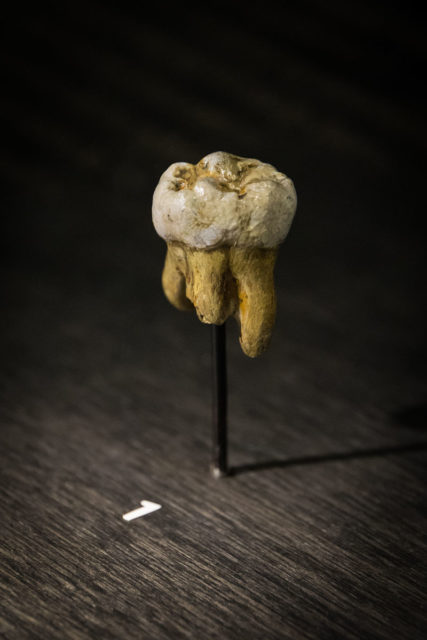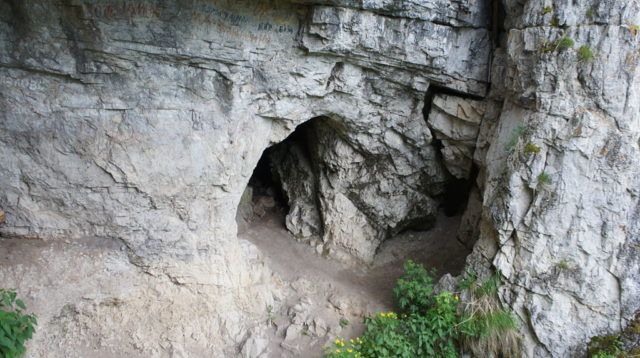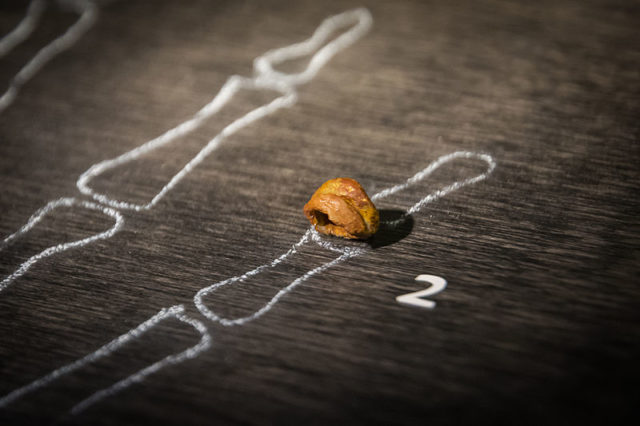The mysterious Denisovan are relatives of the Neanderthals, who roamed the plains of Siberia and East-Asia long before modern humans arrived in the region.
Scholars now say the Denisovan were far more widespread than initially thought, and co-existed alongside Neanderthals and Humans for tens of thousands of years. Researchers believe that the Denisovan lived in Siberia for about 60,000 years. Up until now, Denisovans were known only by the DNA of a finger bone discovered in 2008 in Siberia’s Denisova Cavern.

Now, Geneticists from Germany have extracted genetic material from two Denisovian teeth found in the same cave. The teeth are far bigger than any examples of Human or Neanderthal teeth from the same era. Analysis of the DNA taken from the teeth suggests that each belonged to a male Denisovian, and that the two loved approximately 60,000 years apart from each other. This means that the older tooth is about 130,000 years old, while the more recent one is about 50,000 to 70,000 years old.
According to the Max Planck Institute for Evolutionary Anthropology, where the geneticists are from, the Denisovan were more genetically diverse than Neanderthals, but less diverse than modern human beings.
WHO WERE THE DENISOVANS?
The Denisovans are an extinct class of human that seems to have resided in Siberia and Southeast Asia. Remains of this obscure human relative have only been found at one site – the Denisova Cave – but experts can tell from DNA analysis that the species were widespread in East-Asia. They are believed to have been very closely related to the Neanderthals, who lived in Europe and Asia at the same time the Denisovan were around.

The Neanderthals and the Denisovan appear to have shared a common ancestor, which they split from around 200,000 years ago. The discovery of bone and ivory beads in the cave suggests that the Denisovan were capable of creating sophisticated jewelry and tools.
Anthropologists have been considering the question of whether the cave was a temporary shelter for the Denisovan or the location of a more permanent settlement.

The fact that remains from three individuals – the two teeth belonging to a pair of Denisovan men and the pinky finger belonging to a girl – have been found at the site suggests that the cave was used as a regular shelter and that the Denisovan may well have had a strong sense of “home.” This is further compounded by the large age differences between all of the different remains; strong evidence that they were able to live in isolated groups for long periods of time while mixing and interbreeding to maintain high levels of genetic diversity.
